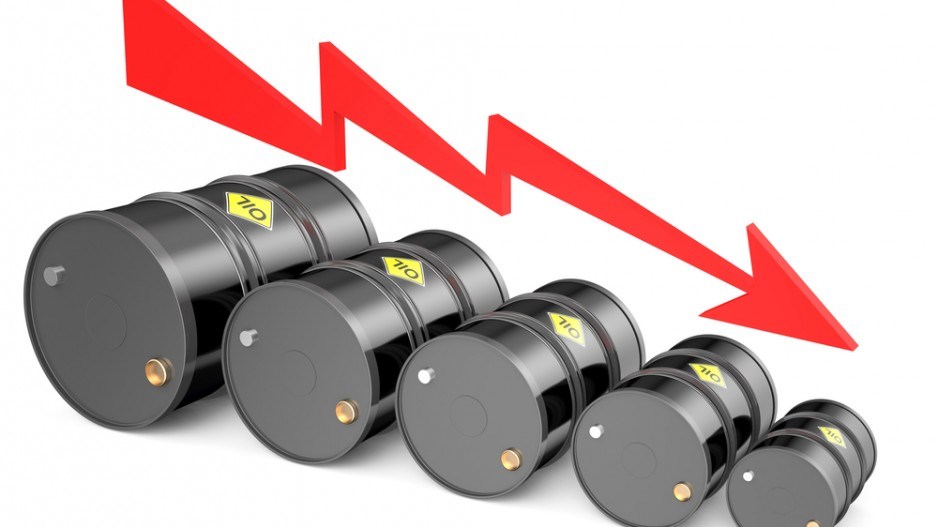It may have been a bizarre and unprecedented anomaly that North American oil prices went into negative territory today, but it underscores just how big the global oil glut is right now, as a result of a steep fall in demand from the COVID-19 pandemic.
It is basically the market telling oil producers to stop producing.
And it almost certainly means oil producers in Alberta and the U.S. will have no choice but to cut production even more than they already have, says one analyst, because there is not only no demand right now, there's also no place left to store oil until prices rebound.
"We've never seen prices this low probably in recorded price history of oil markets," said Kevin Birn, crude oil analyst for IHS Markit. "It is a very visible demonstration of the stress that the oil market is facing."
What happened today was something of an anomaly related to futures oil contracts. Traders buy and sell contracts, but at the end of the month, whoever holds the contract has to pay the producer to deliver the oil at a specified location.
The benchmark West Texas Intermediate closed today at around minus US$37 per barrel.
"What is happening today is trades or speculators who had bought the contract are finding themselves unable to resell it and have no storage booked to get delivered the crude in Cushing (Oklahoma) where the delivery is specified in the contract," Roger Diwan, vice president at IHS Markit, explained in a series of tweets.
In a word, the contract holders will have to pay producers not to deliver the oil they bought.
When OPEC+ and Russia could not agree on production cuts, in response to falling demand for oil globally, the Saudis increased their production. This was at a time when demand for oil had been dropping sharply.
"The Saudi stuff is almost a sideshow at this point, given the scale of the demand destruction that we're seeing," Birn told Business in Vancouver. "It's really a case of the price telling producers 'you need to shut in now.'
"The demand is falling faster than producers are shutting in production. And the supply surplus is mounting, the glut is building and the inventory they're filling at record paces."
The International Energy Agency estimates that global oil demand will plunge by a record 9 million barrels a day in 2020, "erasing almost a decade’s worth of growth.
"April is expected to be the bleakest month for the industry, with demand set to plummet by 29 million barrels a day compared with the same month last year."
Since Canadian oil prices are tied to American oil prices, and trades at a discount, it means Alberta producers are going to need to cut oil production even more than they already have, Birn said.
"We are absolutely going to see more production cuts in Alberta."
As some experts have noted, however, cutting production in steam assisted gravity drainage (SAGD) isn't as easy as it may sound. These reservoirs use steam to heat the oil underground so it can flow to the surface. If production is cut, it can actually damage the reservoirs, at a cost of hundreds of millions of dollars.
"If the reservoir is allowed to cool, it can permanently damage the life of those wells," Birn said.




